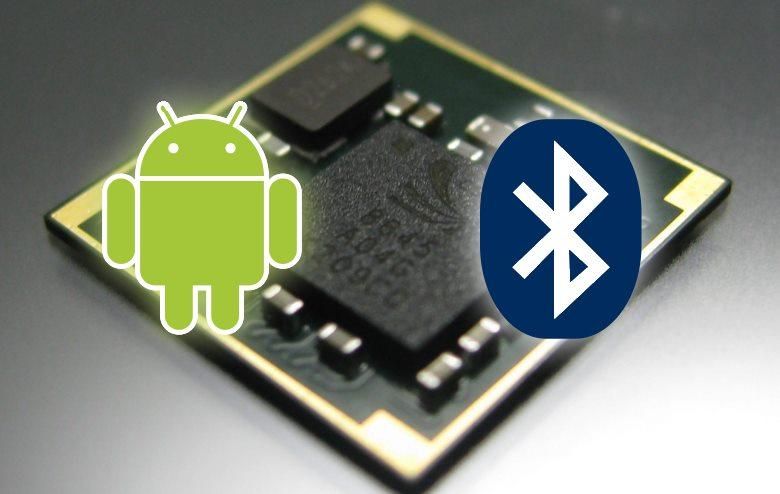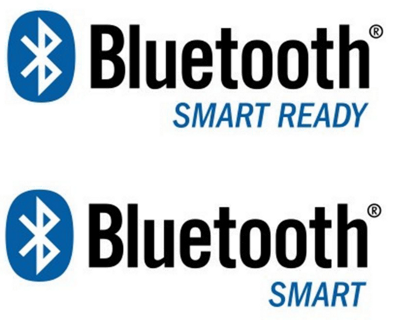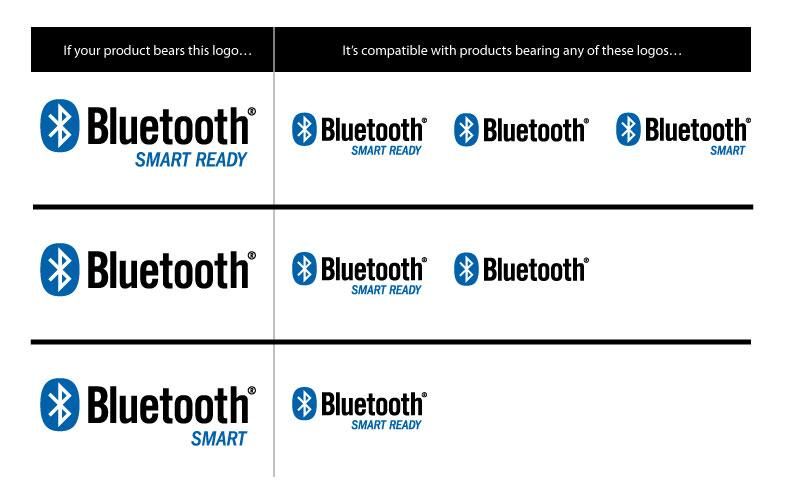Bluetooth is a wireless technology that's supposed to make connecting our devices easy. When we're talking about headsets, keyboards, and mice, the process is usually pretty straight forward. Bluetooth itself is capable of so much more than just connecting to simple devices. We can have Personal Area Networks, wireless data transfers, and we can even get updates from specialized equipment like heart-rate monitors.
In many cases Bluetooth carries with it a premium cost when it comes to battery life. Items like pedometers, geo-locators, watches, and the monitoring equipment that we talked about earlier are very small. Small devices usually mean they can't have a very large battery. What we need is a new Bluetooth standard that's designed to work with these small devices and requires very little power to work.
Based on those requirements Bluetooth 4.0 was born! But before we dig too deep into Bluetooth 4.0, let's see what previous versions included and overcame.
Bluetooth v1.0 & v1.0B
The 1.0 versions of Bluetooth had a lot of problems, and devices based on these specs didn't like to talk together.
Bluetooth v1.1
The next version of Bluetooth fixed many of the problems in the 1.0 and 1.0B specifications. To make things simpler, the possibility of adding non-encrypted channels was included, and the Received Signal Strength Indicator (RSSI) was added.
Bluetooth v1.2
BT 1.2 was backward compatible with BT 1.1 but brought with it faster connection and discovery, Adaptive Frequency-Hopping Spread Spectrum (AFH) to improve resistance to interference, higher speeds, Extended Synchronous Connections (eSCO) to improve voice quality, the Host Controller Interface (HCI), and Flow Control and Retransmission Modes for L2CAP.
Bluetooth v2.0 + EDR
Released in 2004, this version of Bluetooth introduced Enhanced Data Rate (EDR) for faster data transfers. Beyond just EDR, BT v2.0 added other minor improvements. Interestingly, devices using BT 2.0 didn't have to include EDR, hence the separation in the name.
Bluetooth v2.1 + EDR
Adopted in 2007, this version of Bluetooth added Secure Simple Pairing (SSP) to improve the pairing experience for Bluetooth devices and also increased the use and relative security strength.
Bluetooth v3.0 + HS
Released in 2009, this version of Bluetooth brought theoretical data transfer speeds up to 24 Mbps using BT as a negotiation and establishment protocol, but an 802.11 link for the actual data transfer — which seems sort of like cheating, but hey, whatever works, right? BT 3.0 also included L2CAP Enhanced modes, Alternate MAC/PHY, and Enhanced Power Control. Just like the "+ EDR" additions in the previous two versions, the "+ HS" functionality is not a required part of the spec.
Bluetooth v4.0
In June 2010, the Bluetooth SIG adopted Bluetooth 4.0. It contains Classic Bluetooth, Bluetooth High Speed, and Bluetooth Low Energy profiles. BT Classic allows for backwards compatibility with older Bluetooth protocols, and BT High Speed is based on Wi-Fi. It's when we start talking about Bluetooth Low Energy (BLE), formerly known as WiBree, that things get really interesting.
Low Energy
Have you ever seen these logos? Me neither.
Bluetooth Low Energy (BLE) is a subset of Bluetooth v4.0. It includes a new protocol stack that targets very low power applications. New logos to advertise devices as "Bluetooth Smart Ready" for hosts and "Bluetooth Smart" for sensors and devices were introduced at the end of 2011 to help the general public know which devices supported the new standard.
Just in case you were wondering what’s compatible with what.
Key features of Bluetooth Low Energy include:
-
Ultra-low peak, average, and idle mode power consumption
-
Ability to run for years on standard, coin-cell batteries — yes, years!
-
Low cost to manufacture
-
Multi-vendor interoperability
-
Enhanced range
All of these improvements make BLE ideal for heart-rate monitors, watches, smart watches, and more "interesting" applications.
But where is it?
Apple started including BLE in their devices starting with the iPhone 4S. Android, however, seems to be somewhat lacking. Samsung's Galaxy S III includes official support for BLE, but various device makers are less than impressed with the way it's been implemented.
Aren't other Android-powered devices using BLE-ready chips? Yes! The Galaxy Nexus and Nexus 4, for example, both include chips that are capable of Bluetooth 4.0 and BLE, but for some reason Google hasn't enabled Bluetooth 4.0 in the Android source code — not yet anyway.
Google's own "flagship" devices don't include support for Bluetooth 4.0, but the iPhone 4S does? I don't know about you, but it seems to me like the iPhone 4S has been around for a little while. Google should be embarrassed.
New devices that employ Bluetooth 4.0 are beginning to roll out, and Android is being left behind because Google hasn't enabled it yet. Here are some devices that either won't work with your Android, or will have to include more power-hungry options if they want to support you (which will drive the costs, up, by the way):
- Pebble Smart Watch
- BluTracker, long-range GPS tracker
- Garmin fenix, GPS hiker's watch
- Nike+ basketball and training shoes
- Wahoo Blue HR heart-rate monitor
- Polar H7 heart strap
- Casio G-Shock smart watch
- MOTOACTV
- Dayton heart-rate strap
We could keep going, but we won't. Why? Because every item on that list just makes Google look worse.
So, Google, here's your chance. Fix it! Get Bluetooth 4.0 BLE included in the very next update to Android. Not Android 5.0. Not Android 4.3. Get your developers on it and get it into Android 4.2.3. Do it now — before you lose even more customers to Apple.



